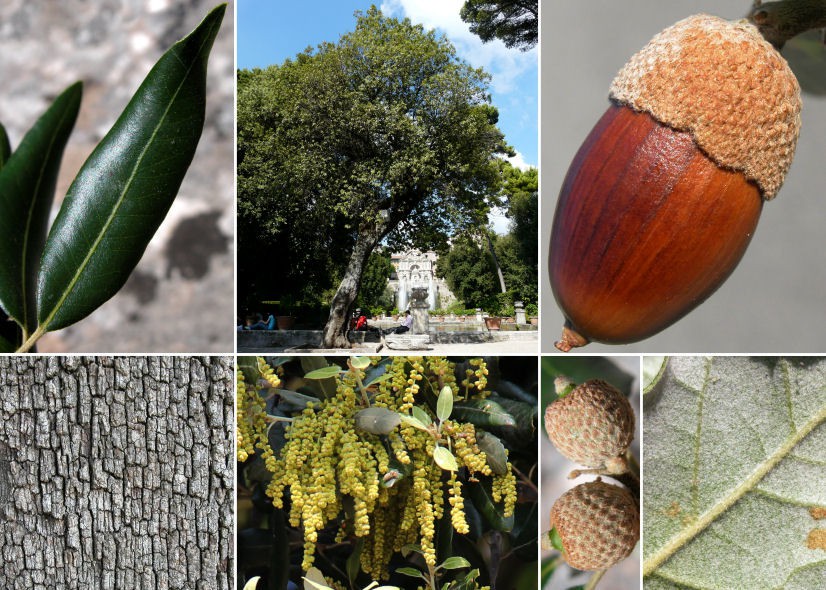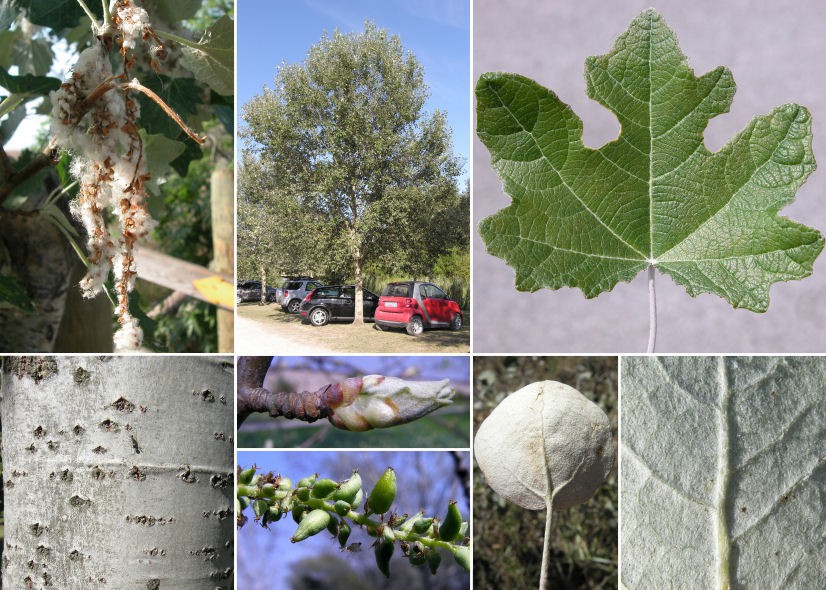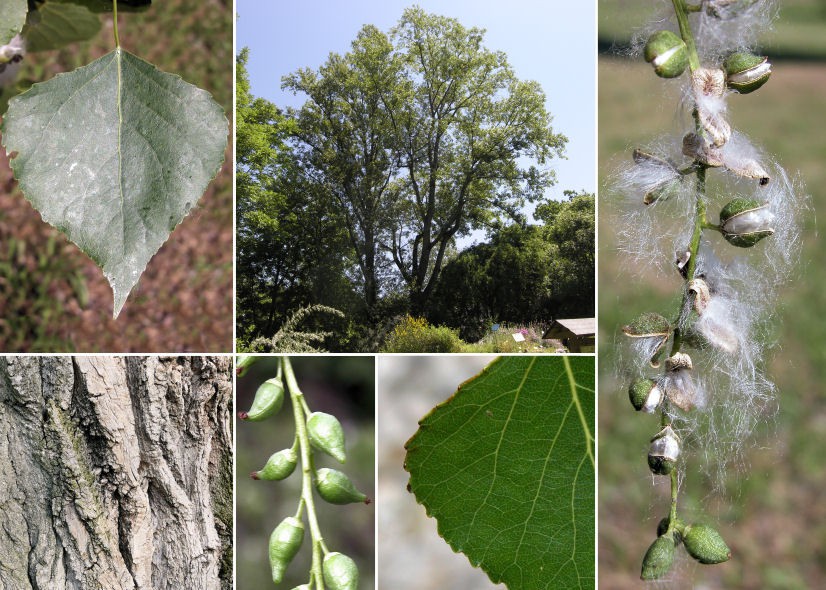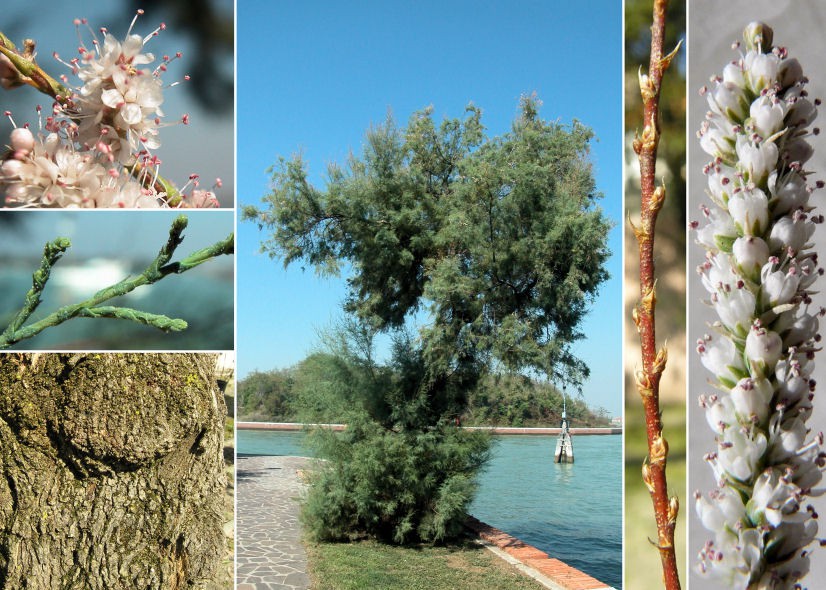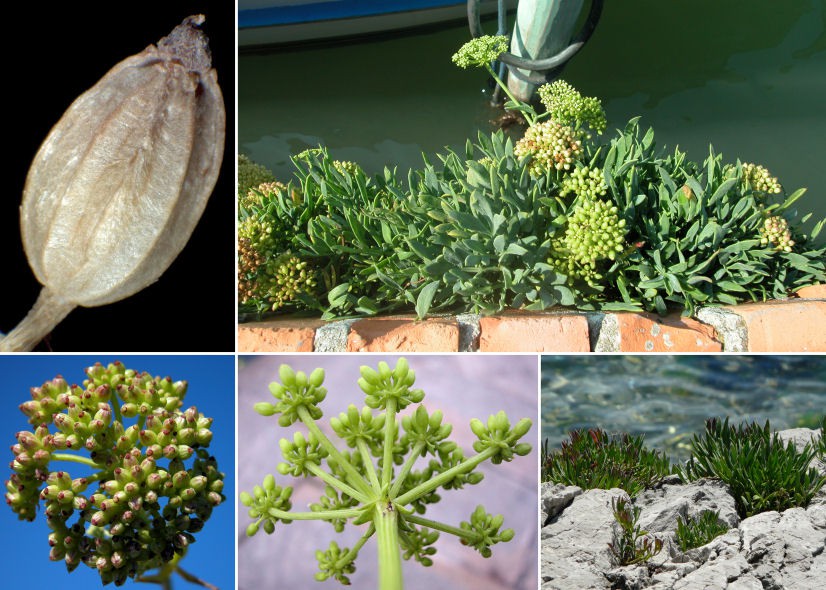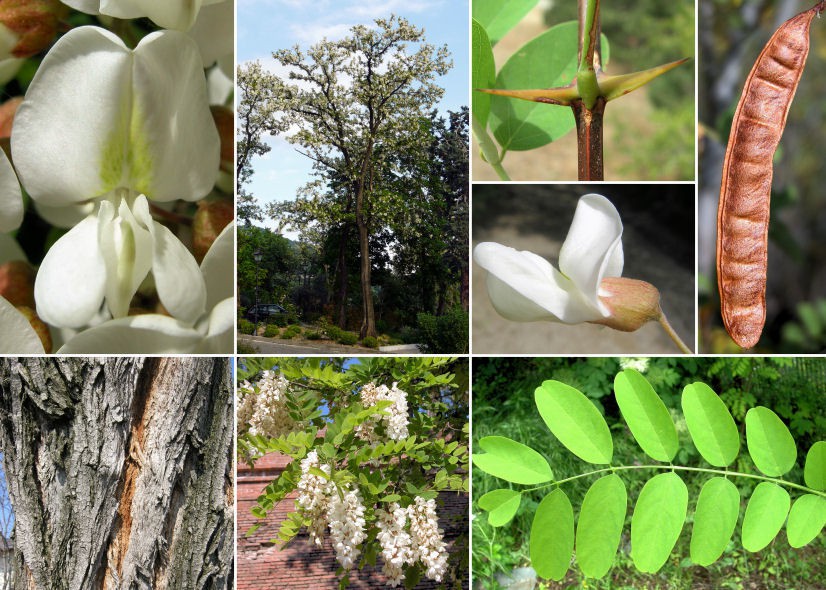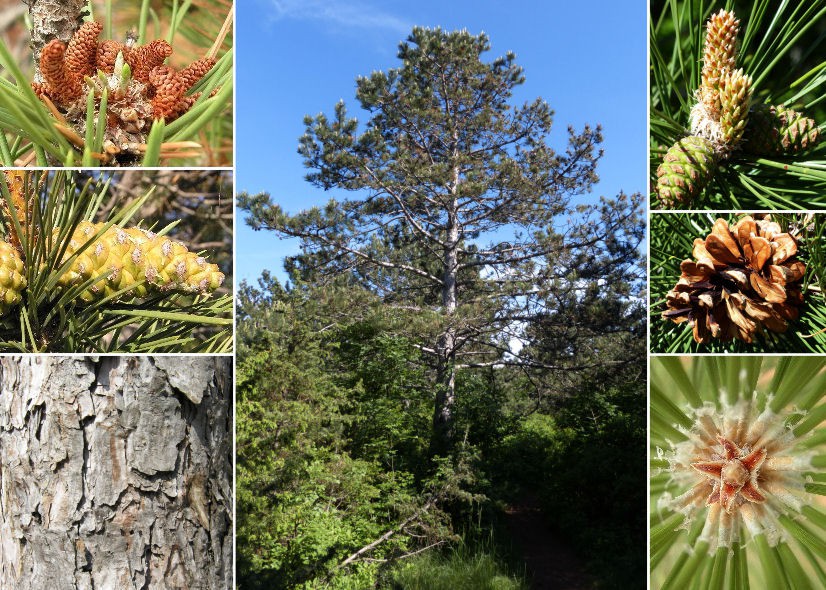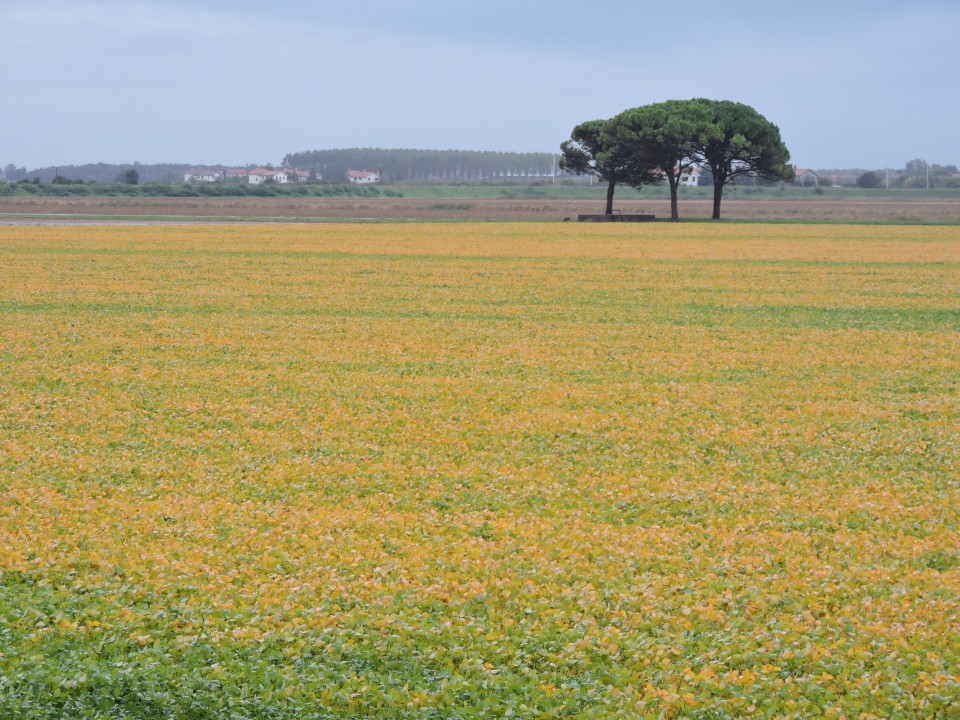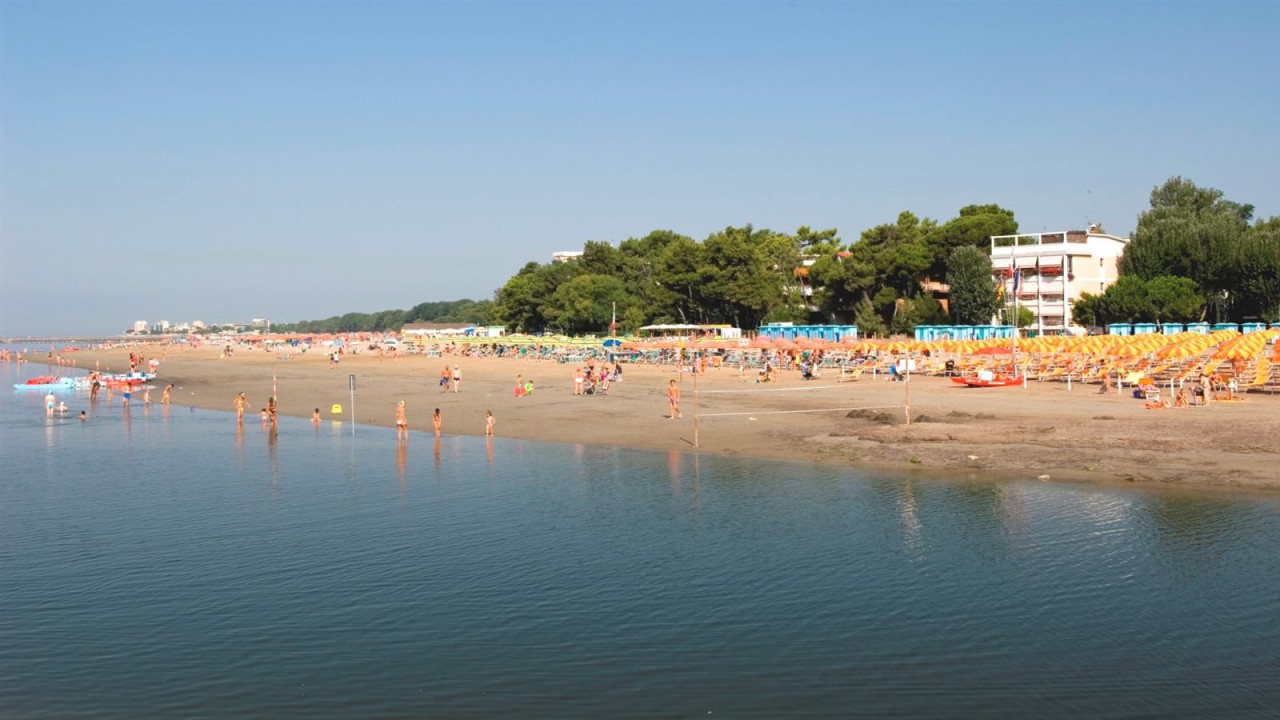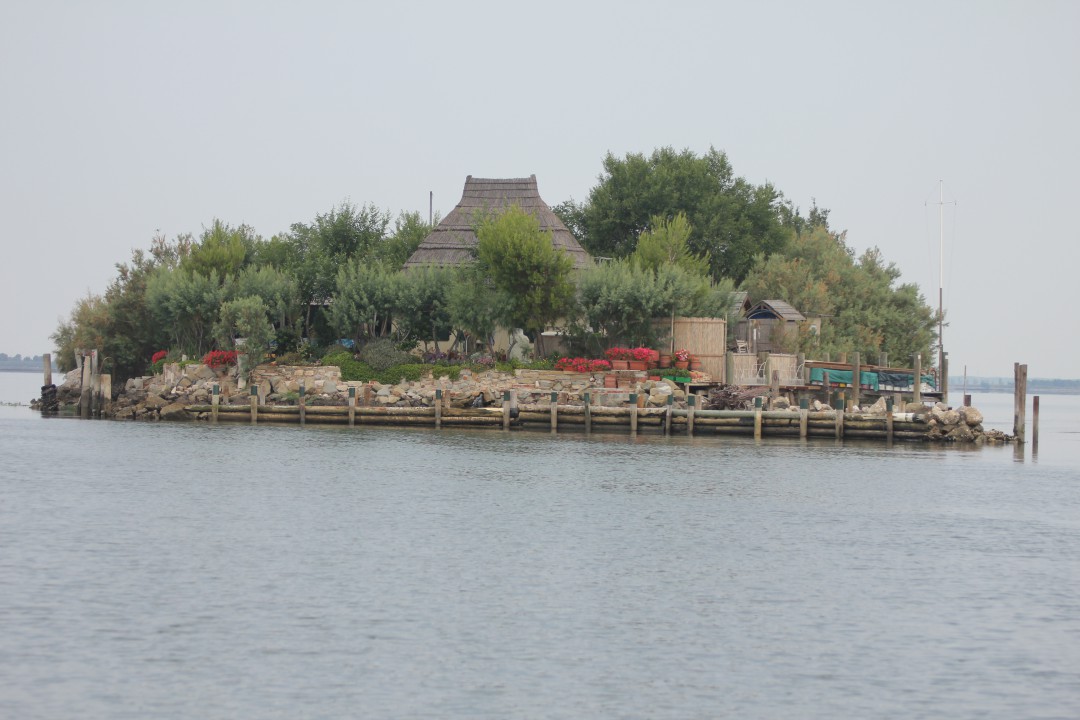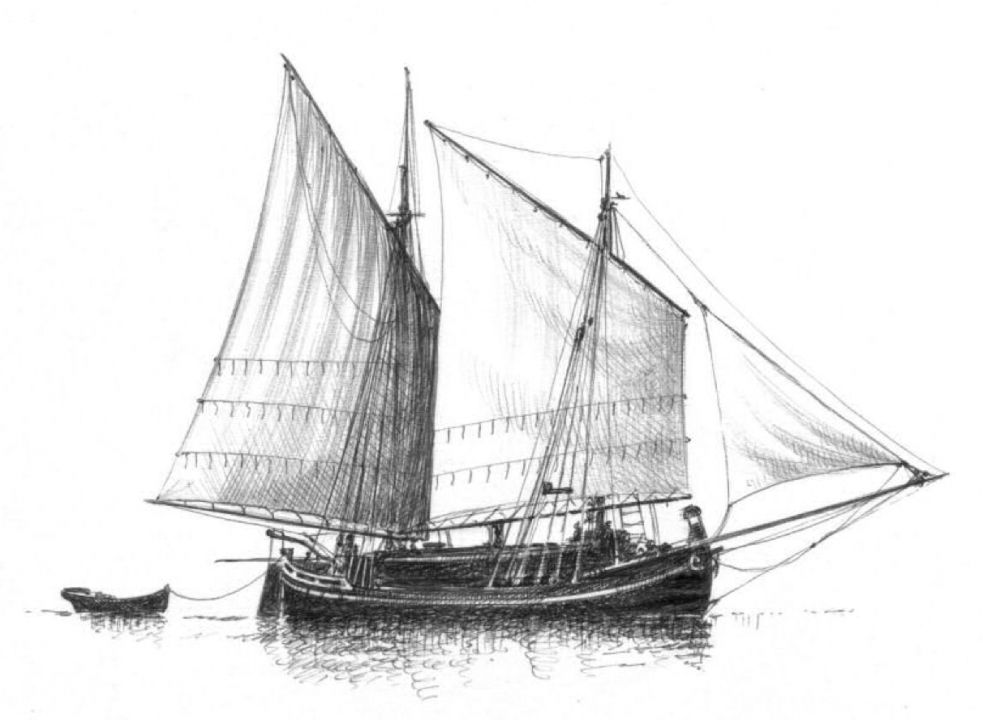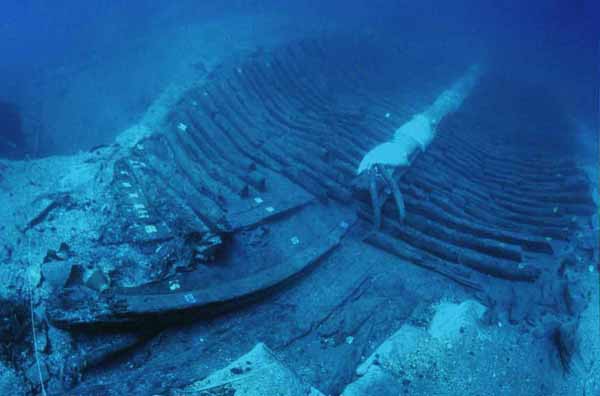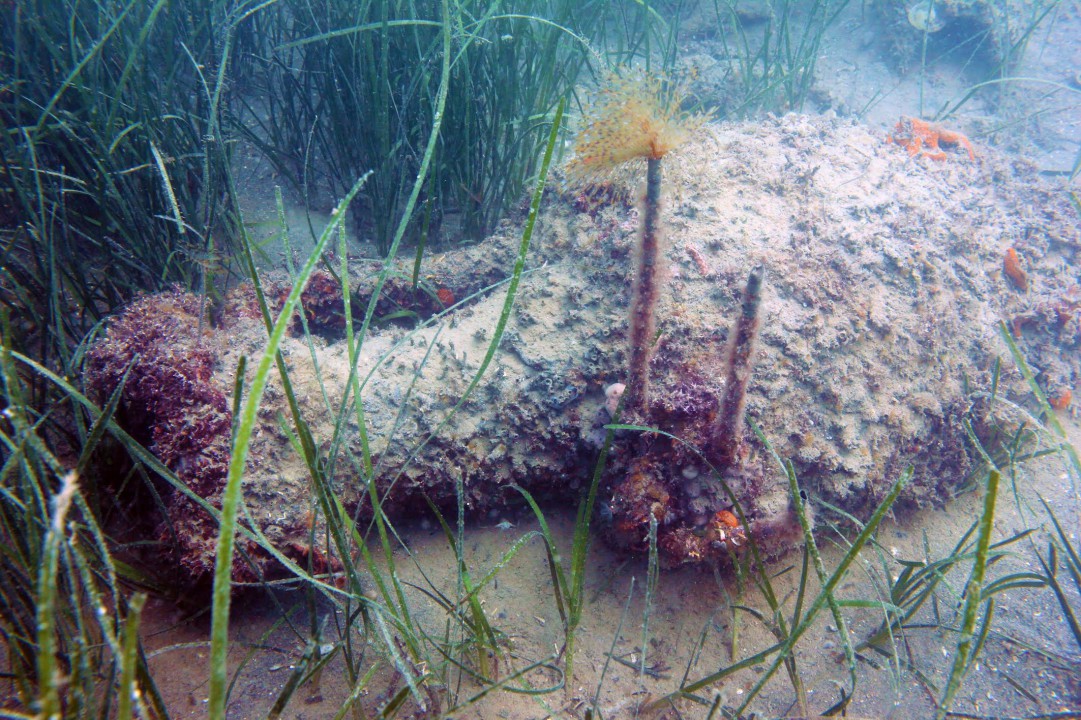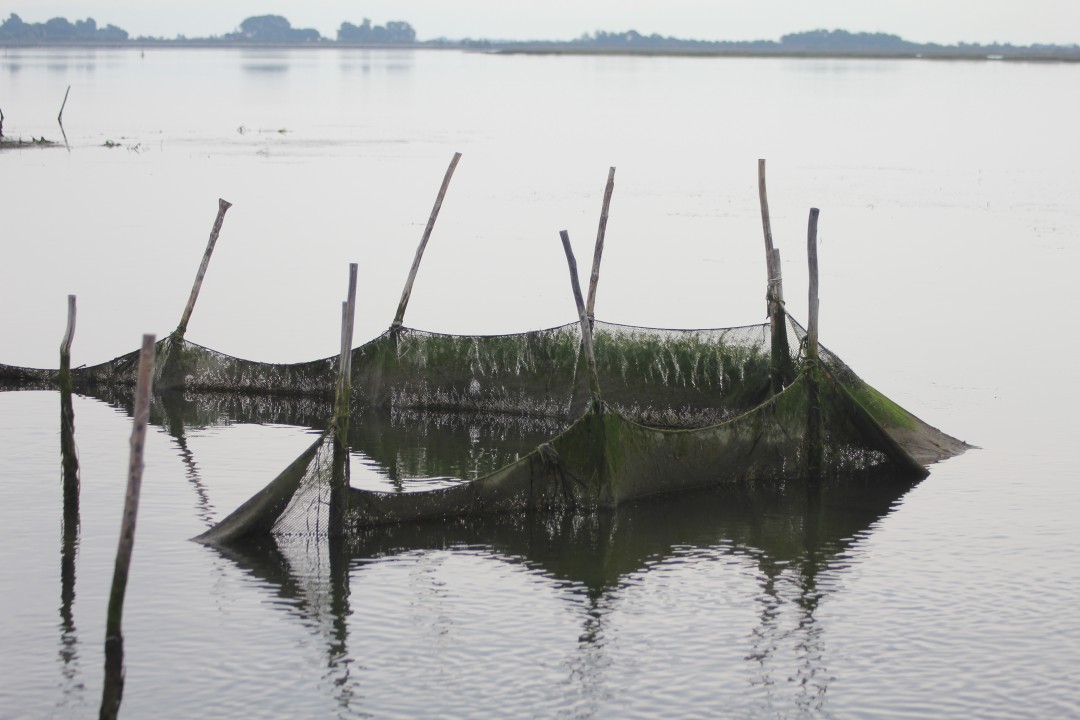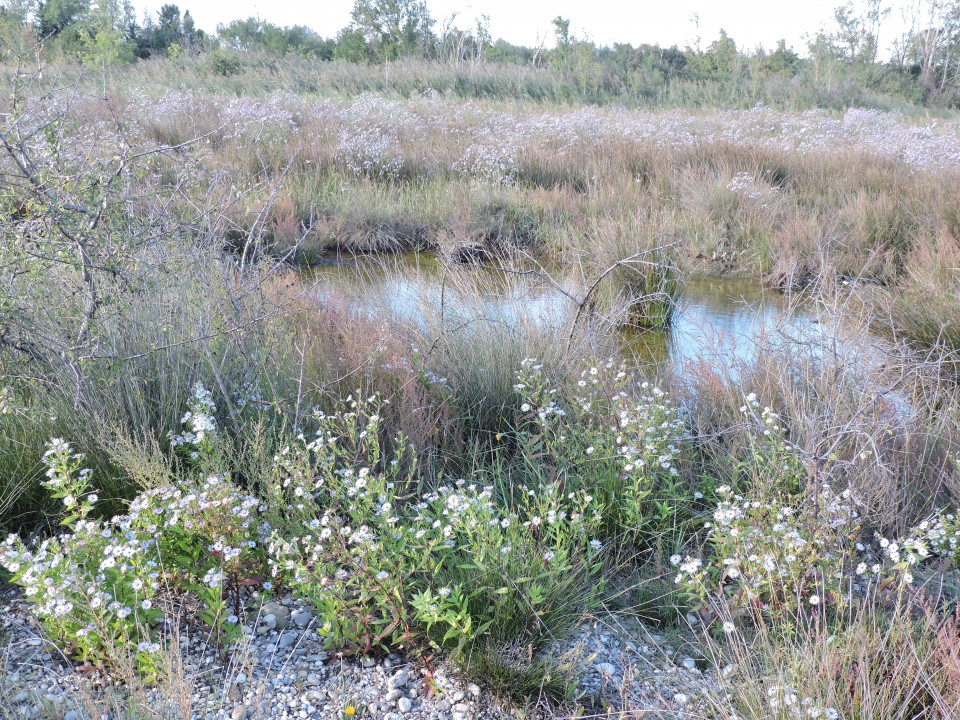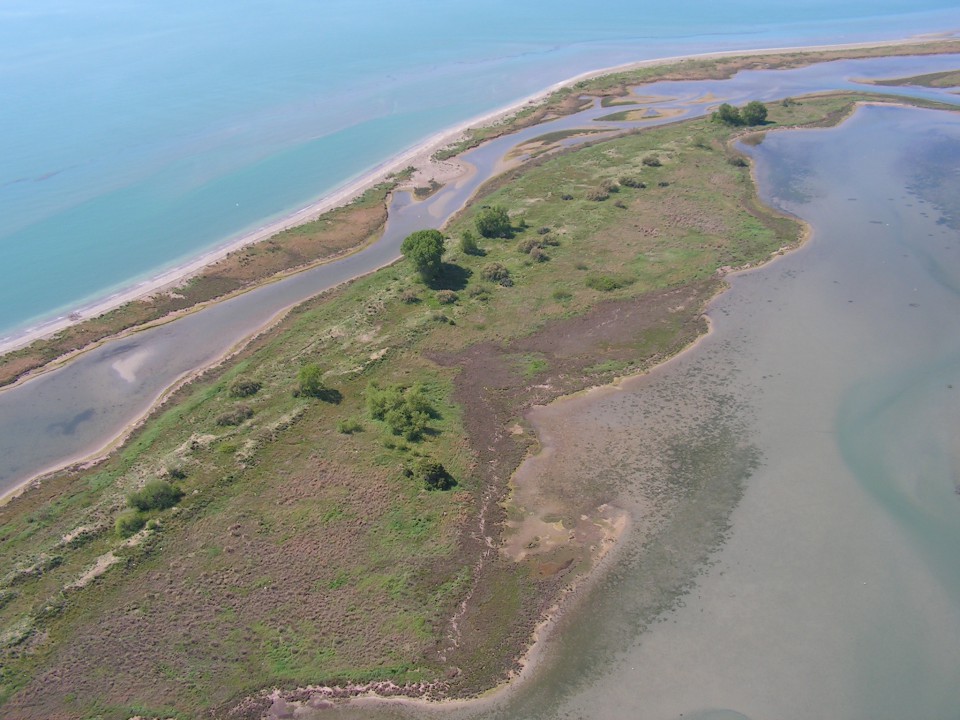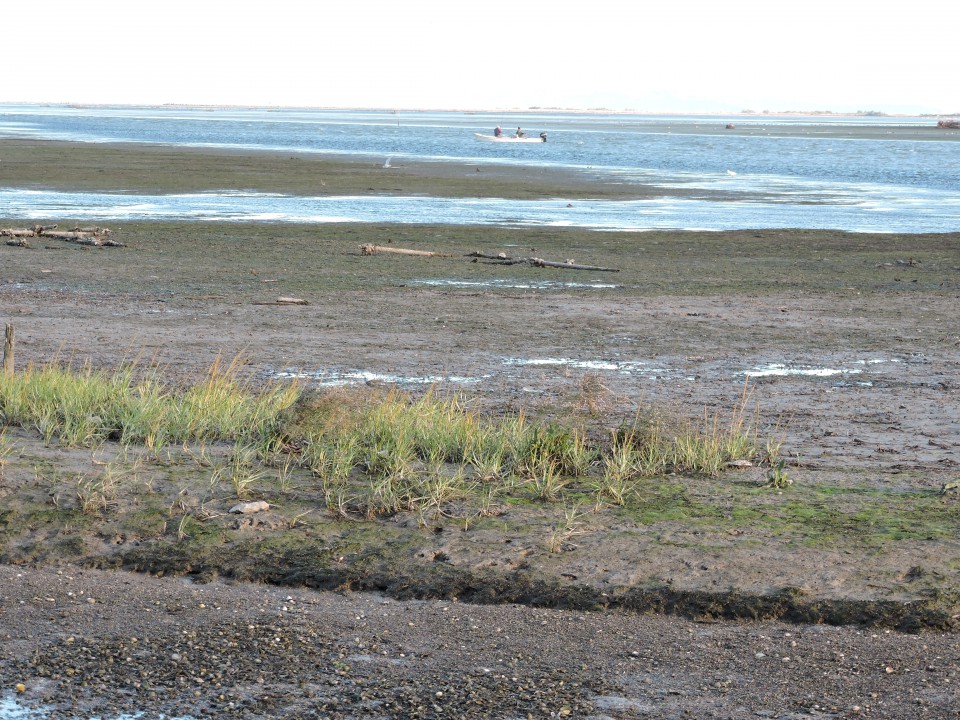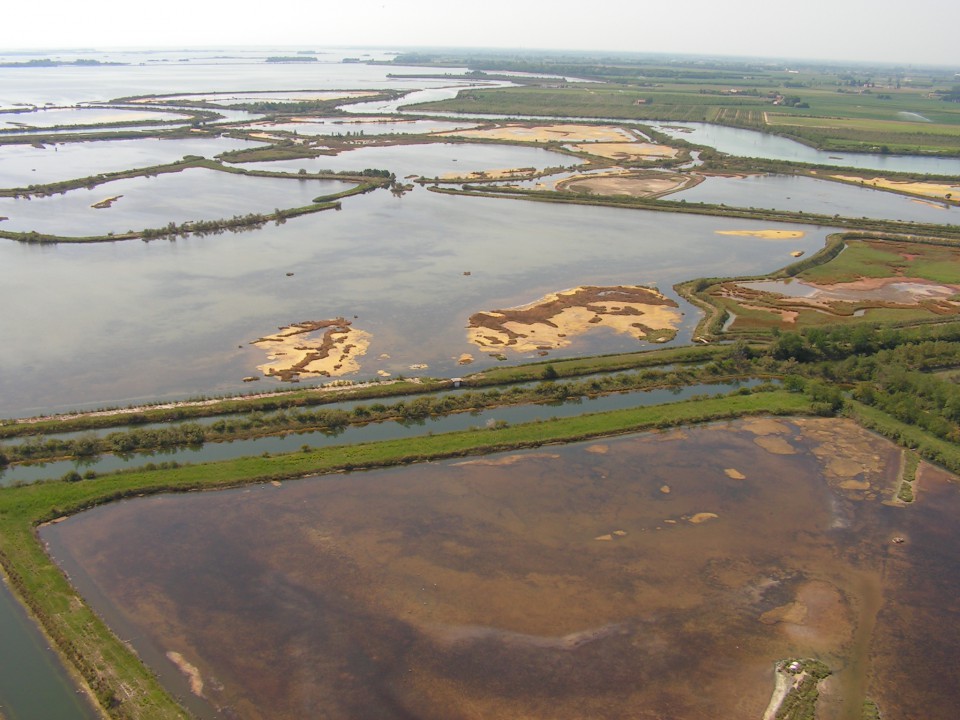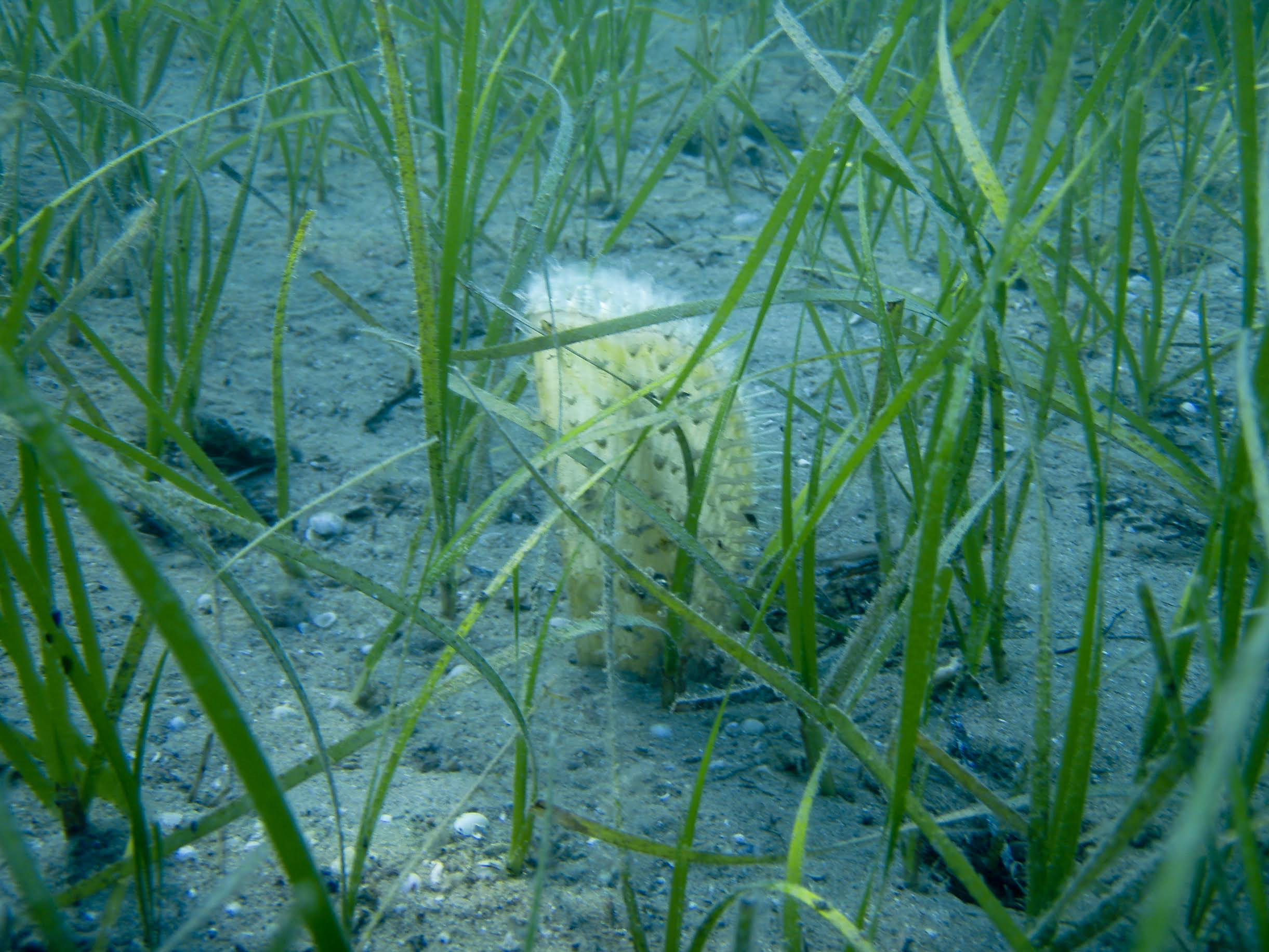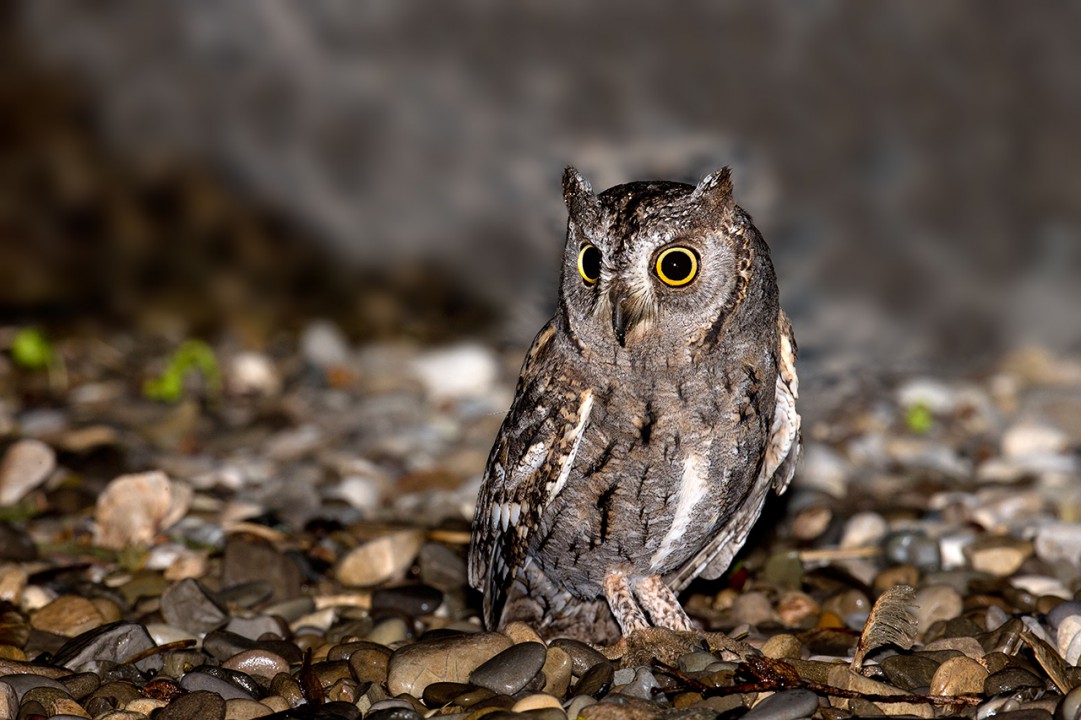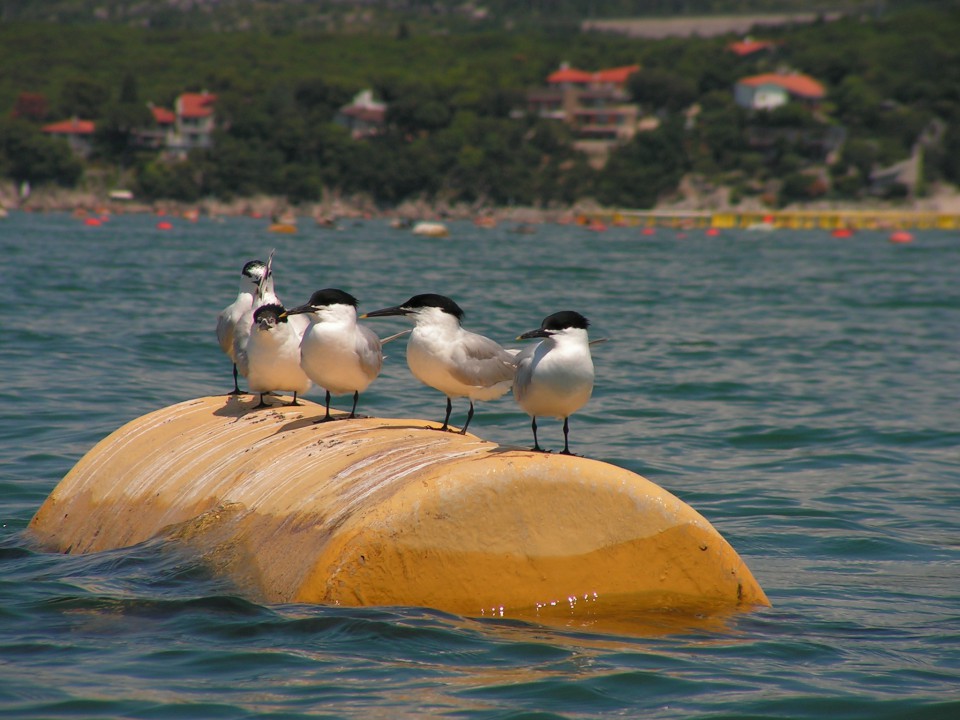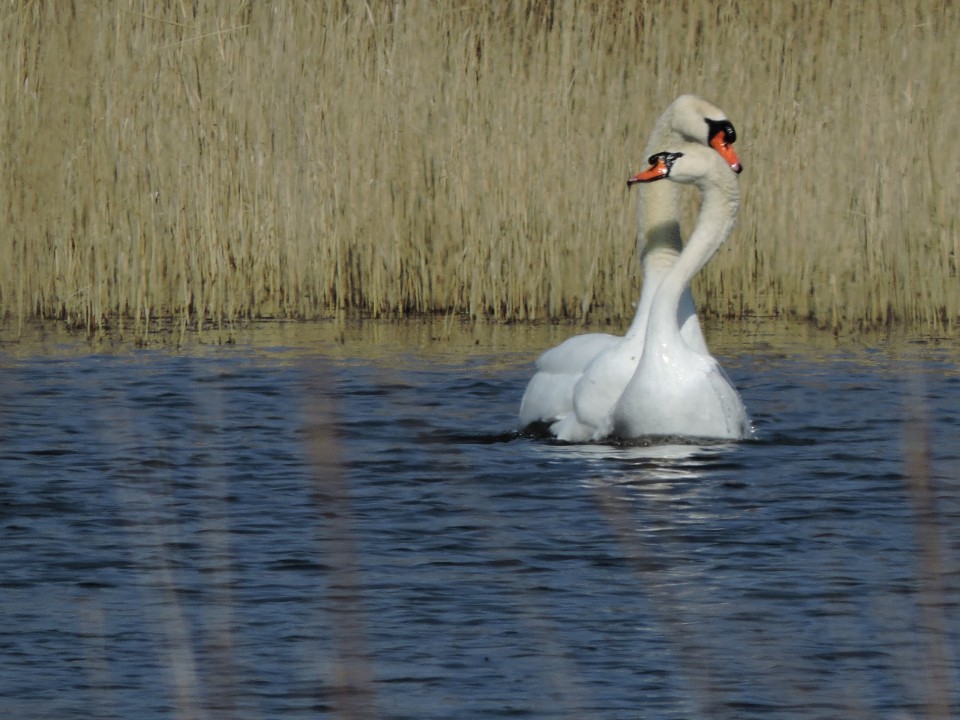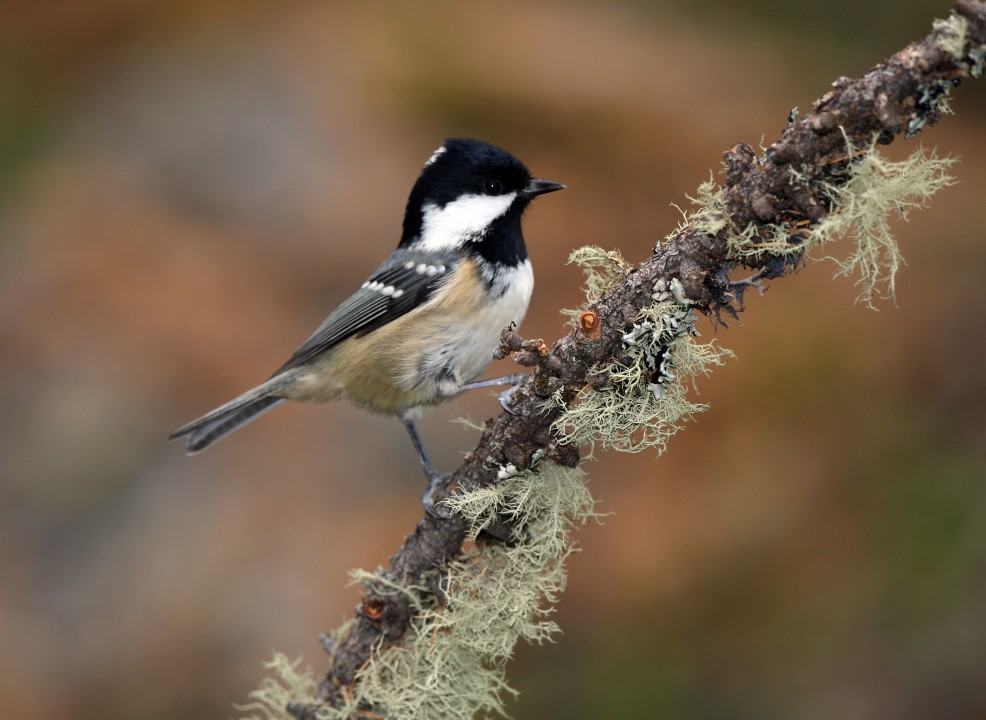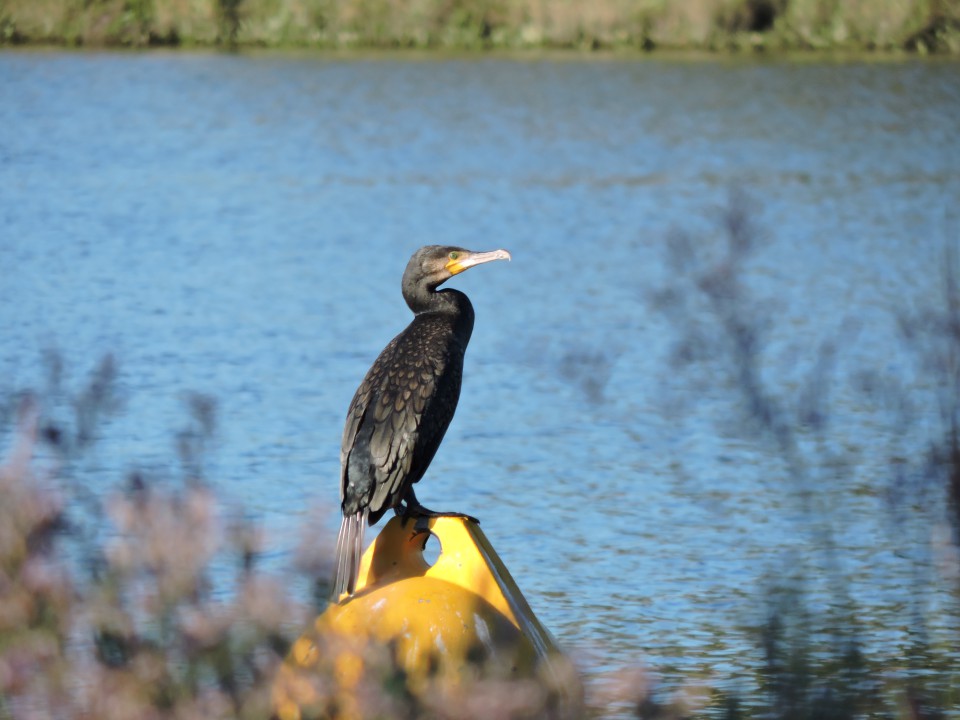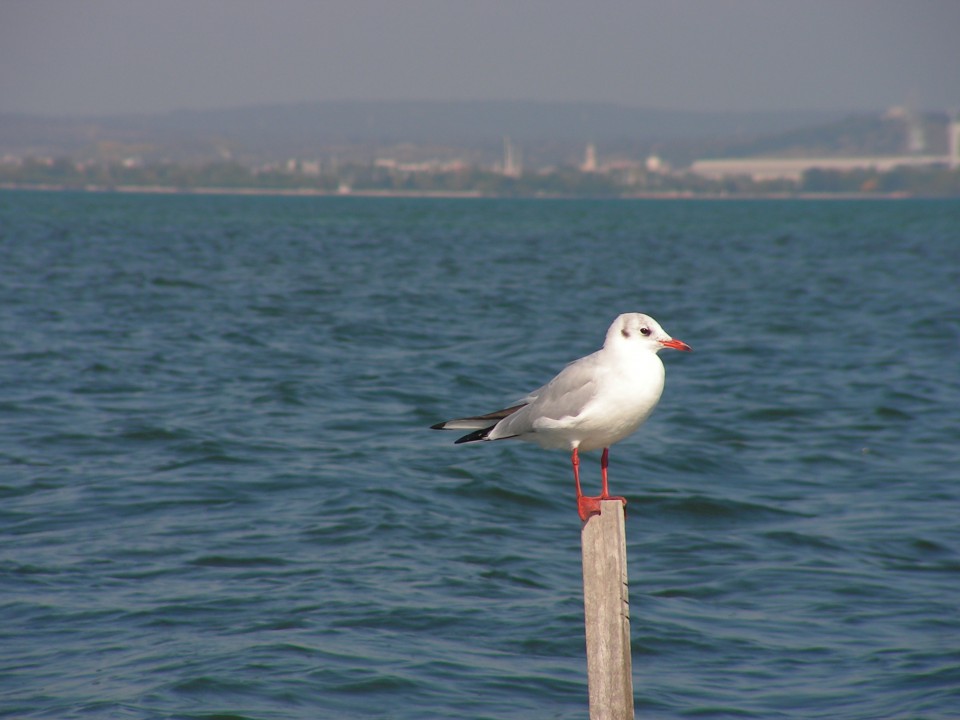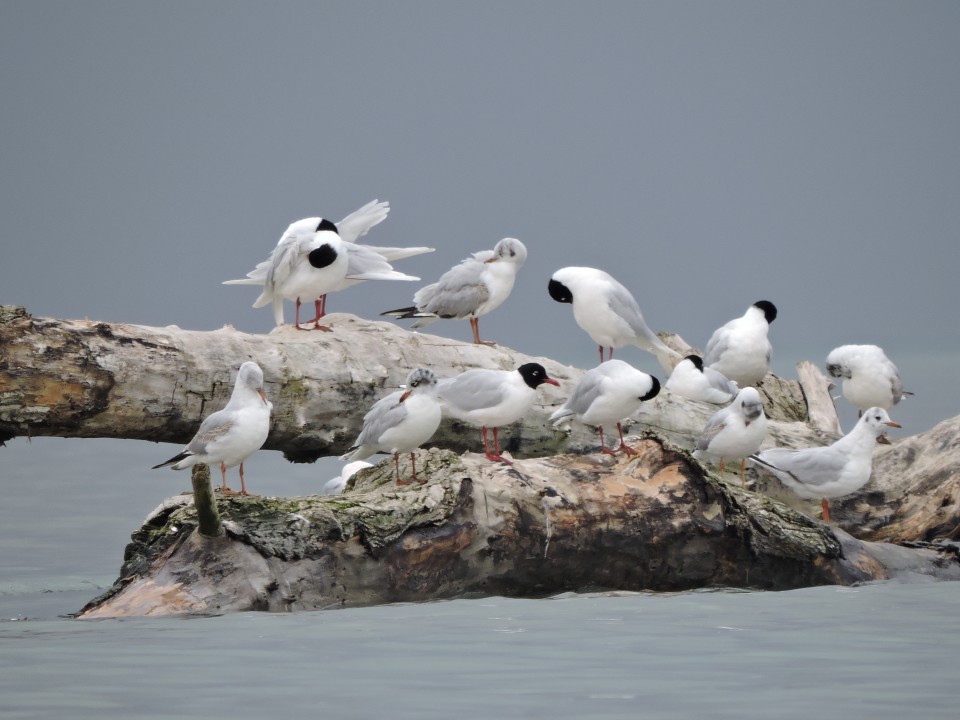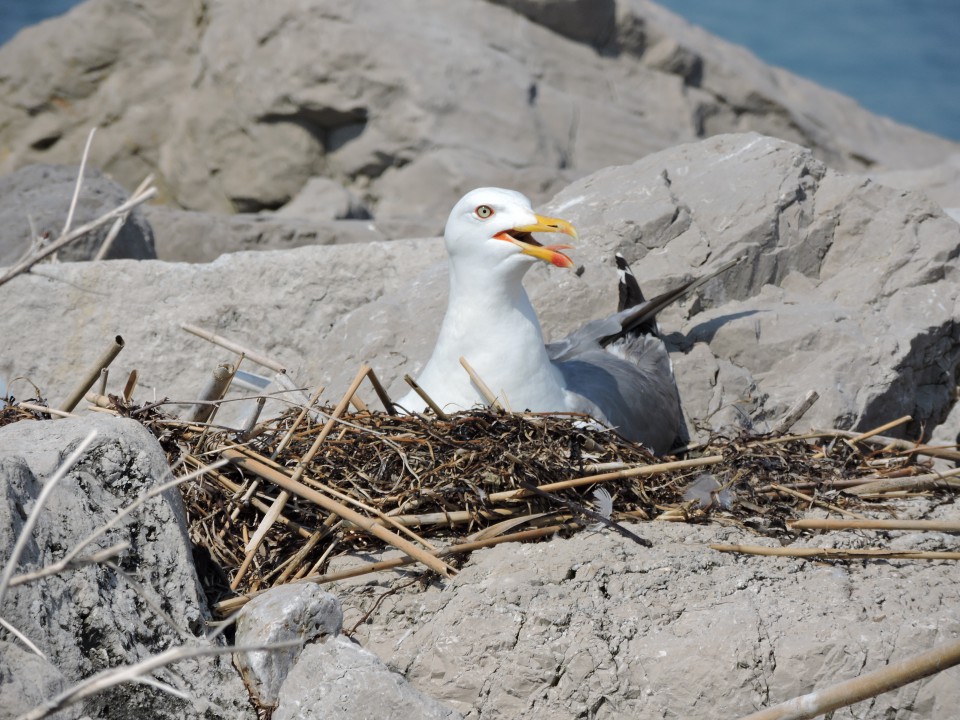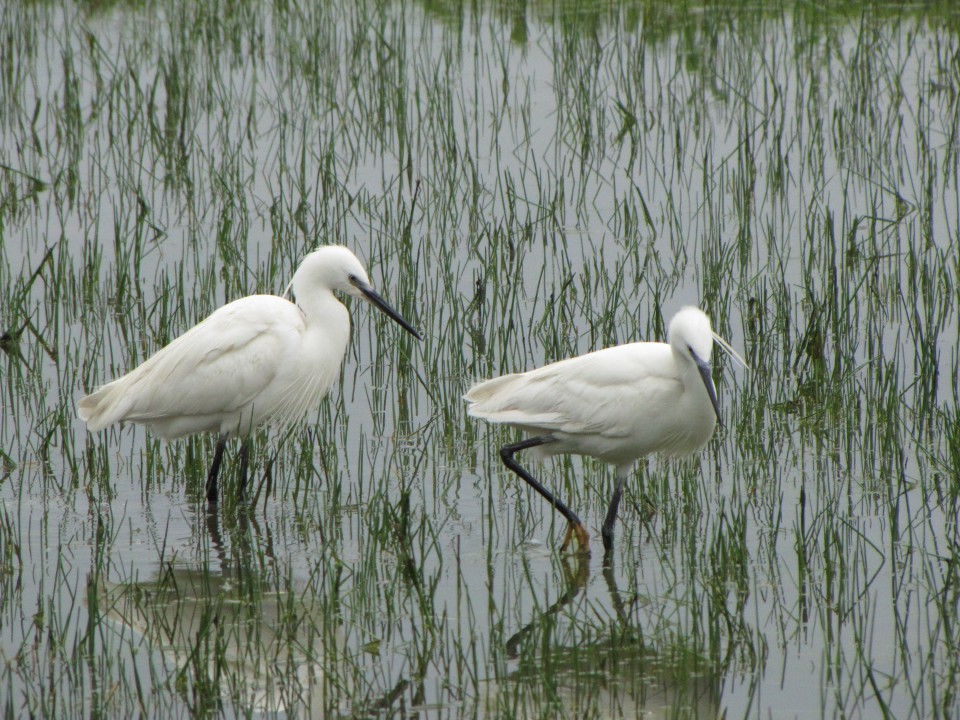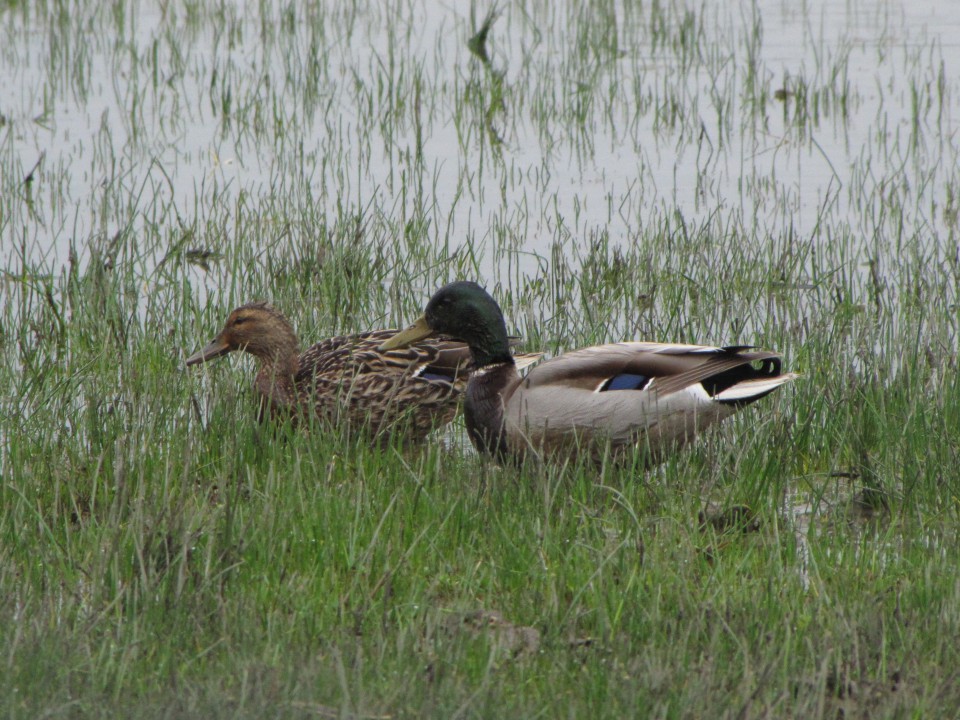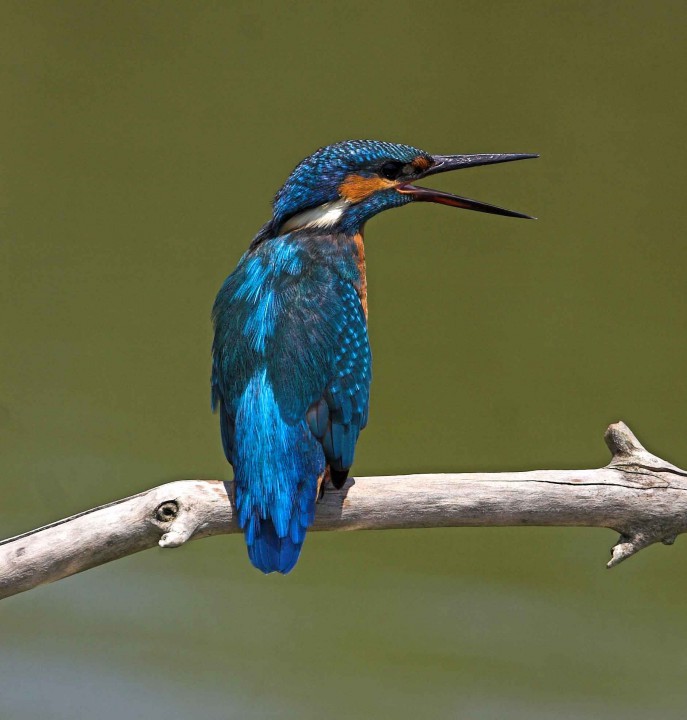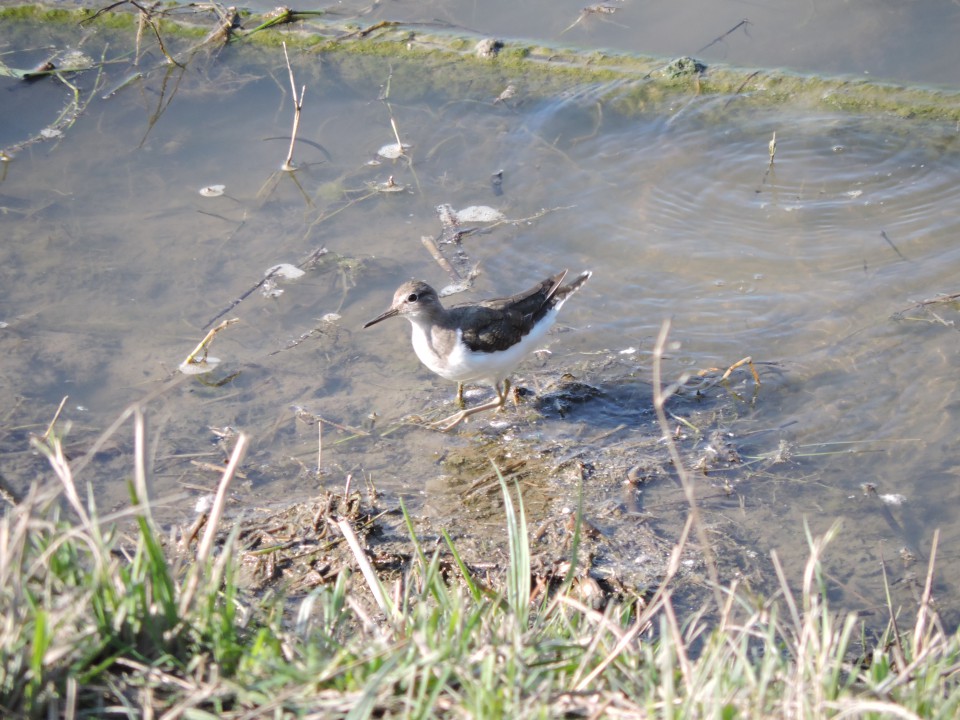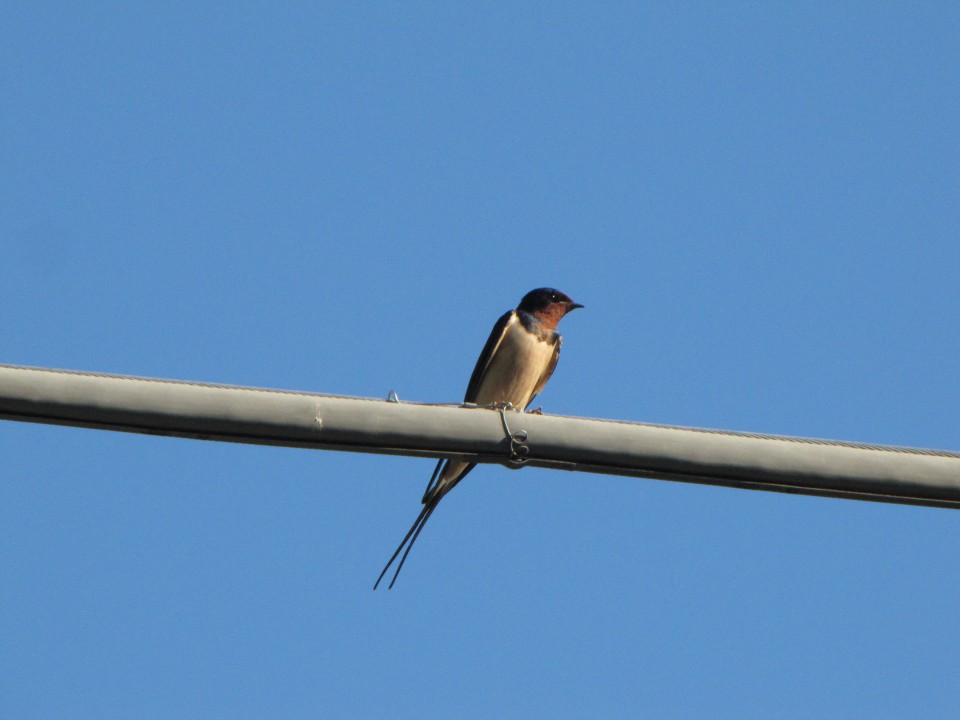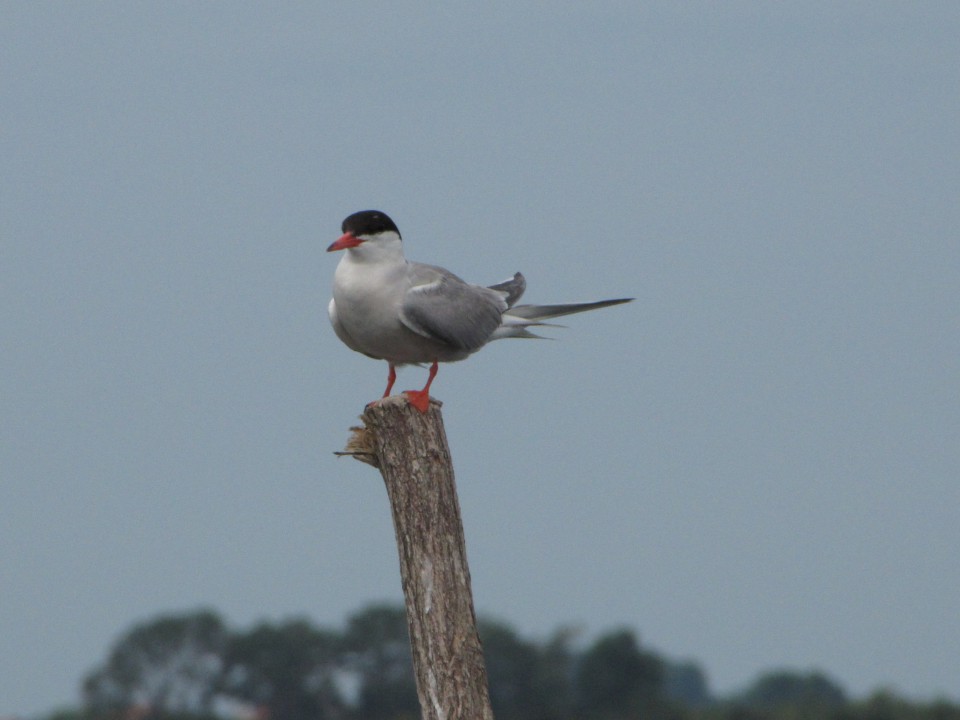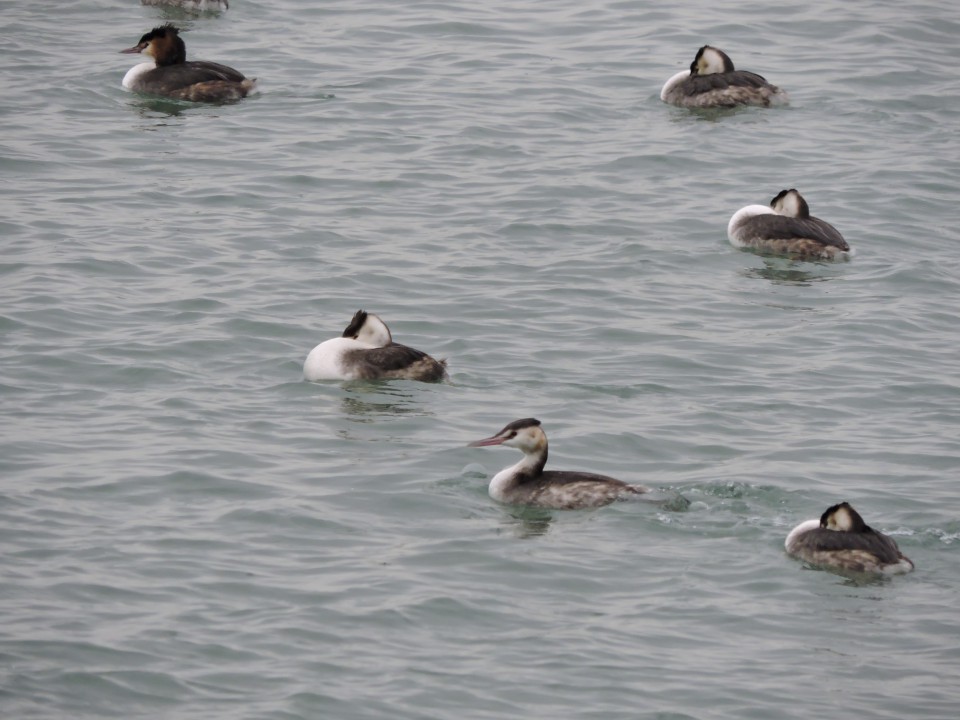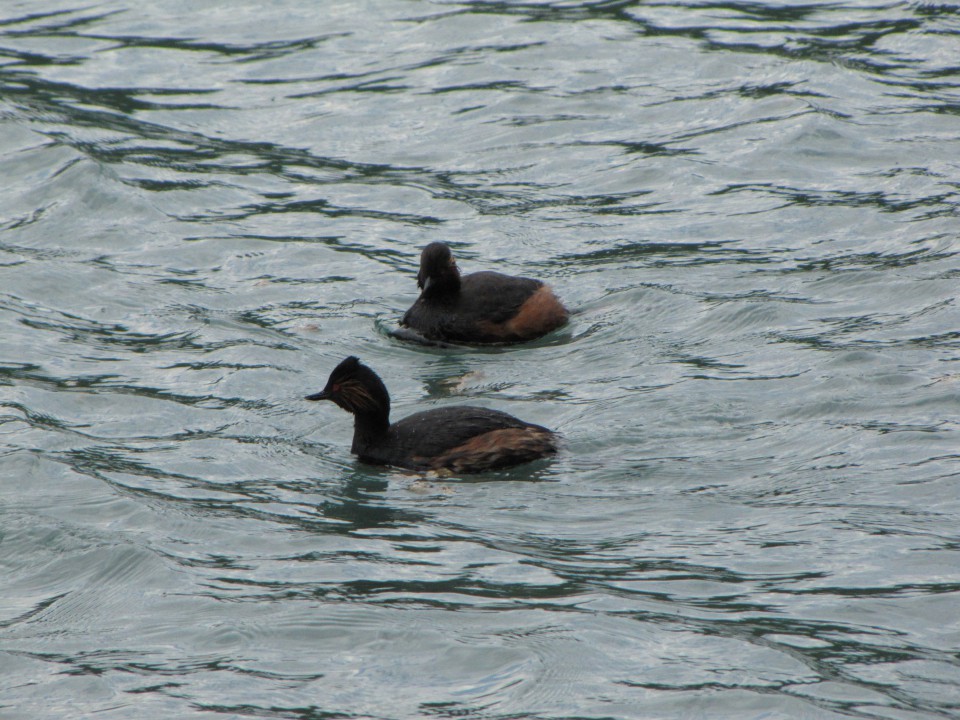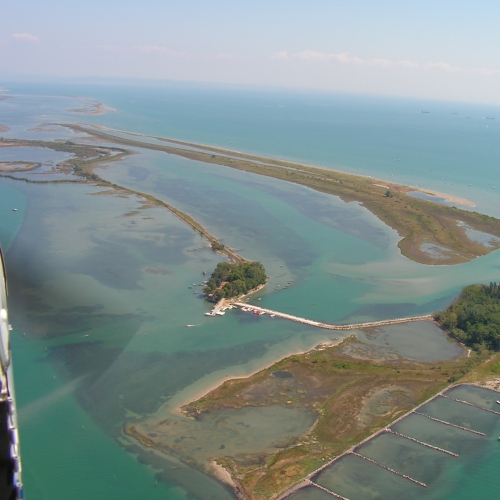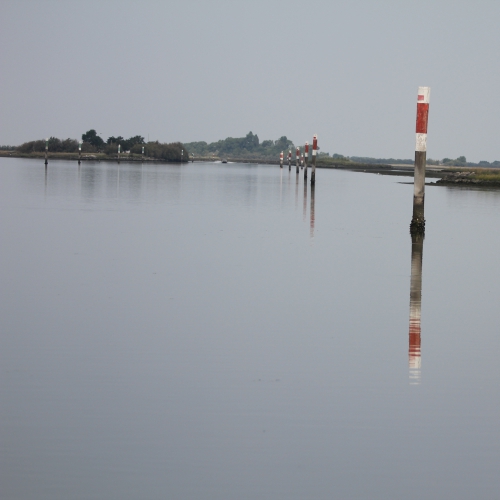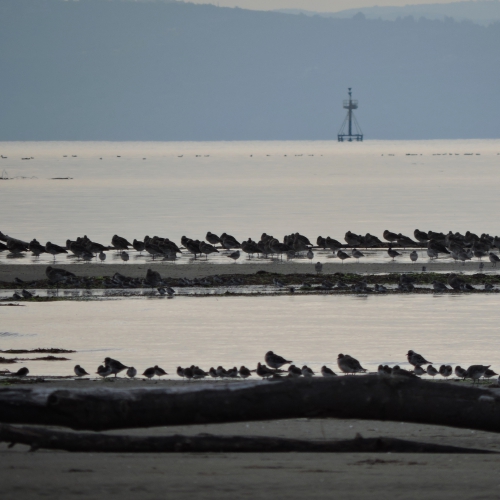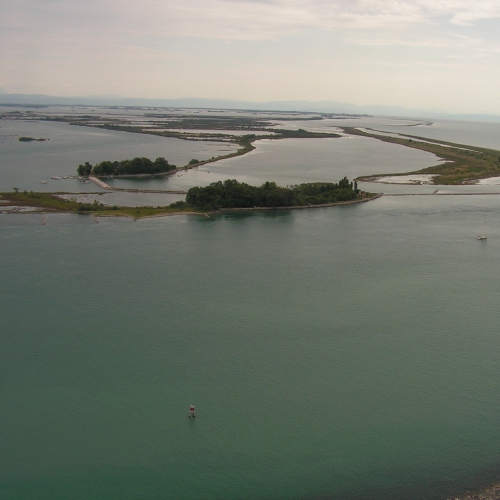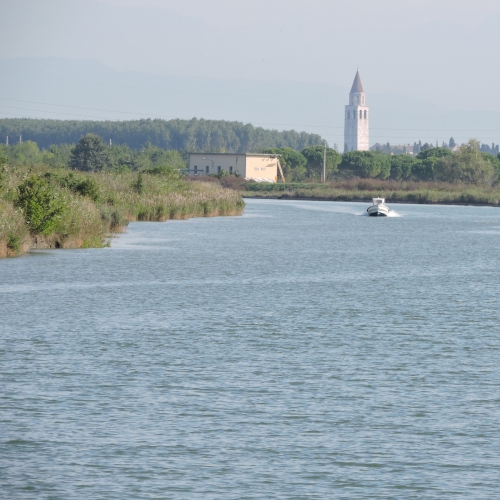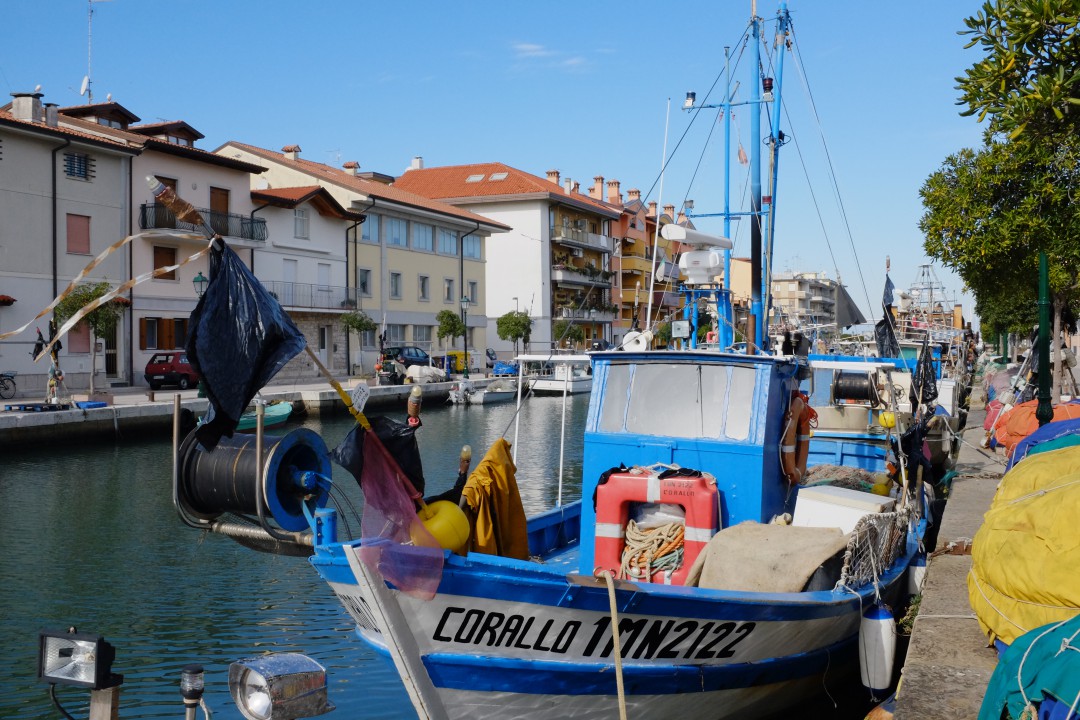
Descrizione
L’insediamento di Grado ebbe probabilmente origine in età romana come elemento del sistema portuale di Aquileia. Anche se oggetto di dibattito tra gli studiosi sembra che Grado ospitasse già dall’età imperiale una colonia di mercanti e addetti allo scalo per le navi, che provenendo dal mare, risalivano il Natisone verso il porto canale di Aquileia. Con il decadere di Aquileia nella seconda metà del IV secolo sorge un primitivo fortilizio con banchine a gradinate alla foce di un fiume e/o di un canale, Gradus, che poi ospiterà gli abitanti di Aquileia dopo la sua distruzione da parte degli Unni di Attila. Nel VI secolo Grado diviene sede patriarcale e in seguito unì la sue vicende alla sorella lagunare, Venezia. Seguì in ogni caso una inarrestabile decadenza fino a giungere al 1800 quando rinasce grazie alla moda dei soggiorni al mare che accompagno gli ultimi anni dell’impero asburgico.
Vegetazione
Specie di quercia sempreverde, è il principale costituente della macchia mediterranea e localmente si trova tra il Timavo e Miramare e nei...
Specie arborea frequente lungo i fiumi e i litorali soprattutto su suoli sabbiosi. Di bel portamento viene usato come alberatura su viali e nei...
Come il pioppo bianco è frequente lungo i fiumi e i litorali ma risulta meno legato ai suoli sabbiosi. Una varietà ibrida viene...
Arbusto e piccolo albero, resistente ai suoli salati ed alla siccità come ricordato dal D’Annunzio ne “la pioggia nel...
Specie alofila non è presente sulle barene ma sulla costa rocciosa e sulle opere portuali quali moli e dighe anche in zona lagunare.
Specie di origine nordamericana diffusa nelle zone coltivate e lungo I fiumi. Utilizzata per paleria e legna da ardere.
Forma pinete d’impianto ed è ampiamente naturalizzato sull’altopiano carsico, presente nella pineta litoranea di Lignano come...
Tradizioni
L’area lagunare e la fascia perilagunare sono caratterizzate da zone situate a quote inferiori al livello medio del mare, conseguentemente...
I primi a beneficiare delle proprietà terapeutiche di sole e sabbia a Grado furono i membri dell’aristocrazia austro-ungarica; nel...
Sugli isolotti, le mote, che portano ancora gli antichi nomi gradesi, i pescatori vivevano nei casoni di cannuccia palustre. Ora a restarvi tutto...
Questa imbarcazione tradizionale da carico e pesca veniva usata fino alla metà del 900 nell’alto Adriatico, in un primo tempo mossa...
Le rotte marittime da e verso Grado e Aquileia erano trafficatissime all’epoca. Lo testimonia un importante ritrovamento recuperato il 25...
Sia in laguna che in mare davanti a Gardo sono stati ritrovati tantisssimi reperti archeologici che possono essere connessi...
La laguna occidentale (palù de soto) è la più estesa e ricca di isole. Fin dal passato era solcata da vie d'acqua che...
Ambienti
Le zone normalmente emerse della laguna sono denominate “barene” e sono caratterizzate dalla vegetazione alofila cioè tipica...
Costituiscono la separazione naturale tra laguna e mare. A differenza delle barene, limose, i cordoni litoranei sono sabbiosi e costituiti da dune...
Le zone regolarmente sommerse dall’alta marea che si scoprono durante la bassa prendono il nome di “piana di marea”. Nel Friuli...
Nel secolo scorso vaste zone lagunari e palustri circumlagunari sono state bonificate per ricavare nuove zone agricole, industriali ed urbane. Per...
Le valli costituiscono la cosiddetta laguna arginata dove i flussi dell’acqua in entrata ed in uscita con l’alternarsi delle maree...
Una delle più estese e vitali praterie sommerse del Golfo è quella antistante le foci dell’Isonzo. Si tratta di piante con...
Uccelli
cm 19-21, sessi simili. Esiste una forma grigia ed una rossastra. E’un piccolo gufo con ciuffi auricolari ed un canto caratteristico ed ...
cm 37-43, sessi simili, grigio chiaro superiormente, bianco nelle parti inferiori, con calottina nera con ciuffo sulla nuca e becco nero con apice...
cm 140-160, colore bianco, grigio nei giovani, tubercolo alla base del becco, più evidente nel maschio. Presente tutto l’anno, numeroso presso...
cm 10-11.5, sessi simili. Piccola cincia con caratteristica chiazza bianca sulla nuca. Presente tutto l’anno è legata per la nidificazione alle...
cm 77-94, sessi simili. Come pellicani e sule ha le 4 dita congiunte dalla membrana natatoria. Specie presente tutto l’anno, aumenta notevolmente...
cm 35-39, sessi simili. A febbraio veste il cappuccio bruno scuro dell’abito nuziale che poi perde in luglio-agosto. Presente tutto l’anno...
cm 37-40, sessi simili. Rispetto al gabbiano comune ha il becco più massiccio e rosso corallo, la testa nera-durante la nidificazione- e le punte...
cm 52-58, sessi simili. Grigio superiormente, bianco inferiormente. Presente tutto l’anno e nidificante abbondante in laguna, sui tetti di Trieste...
cm 55-65, sessi simili. Piumaggio bianco con lunghe penne, dette egrette. su nuca e dorso durante il periodi riproduttivo. Presente tutto l’anno...
cm 50-60. spiccato dimorfismo, è il progenitore dell’anatra domestica. Presente tutto l’anno, molto adattabile, frequenta sia le zone umide che...
cm 17-19, sessi simili. Azzurro superiormente, rosso inferiormente con grande becco scuro e coda molto corta che in volo lo fanno sembrare un...
cm 18-20,5 bruno chiaro superiormente. bianco sulle parti inferiori. Le ali hanno una sottile barra chiara e vengono spesso bloccate brevemente nel...
cm 17-21, sessi simili. Nera superiormente, gola rossa e ventre biancastra. Presente da marzo-aprile e settembre-ottobre, Nidifica sotto manufatti...
cm 34-37, sessi simili. Grigia chiara superiormente bianca nelle parti inferiori, con calottina nera e becco rosso. È la classica rondine di mare...
cm 46-51, sessi simili Grigio superiormente, biancastro inferiormente, nell’abito nuziale mostra evidenti ciuffi sul capo e guance. Presente tutto...
cm 28-34, sessi simili. Grigio e biancastro d’inverno, veste il collo nero ed un ciuffo giallo dietro l’occhio rosso a marzo. Presente da agosto...

